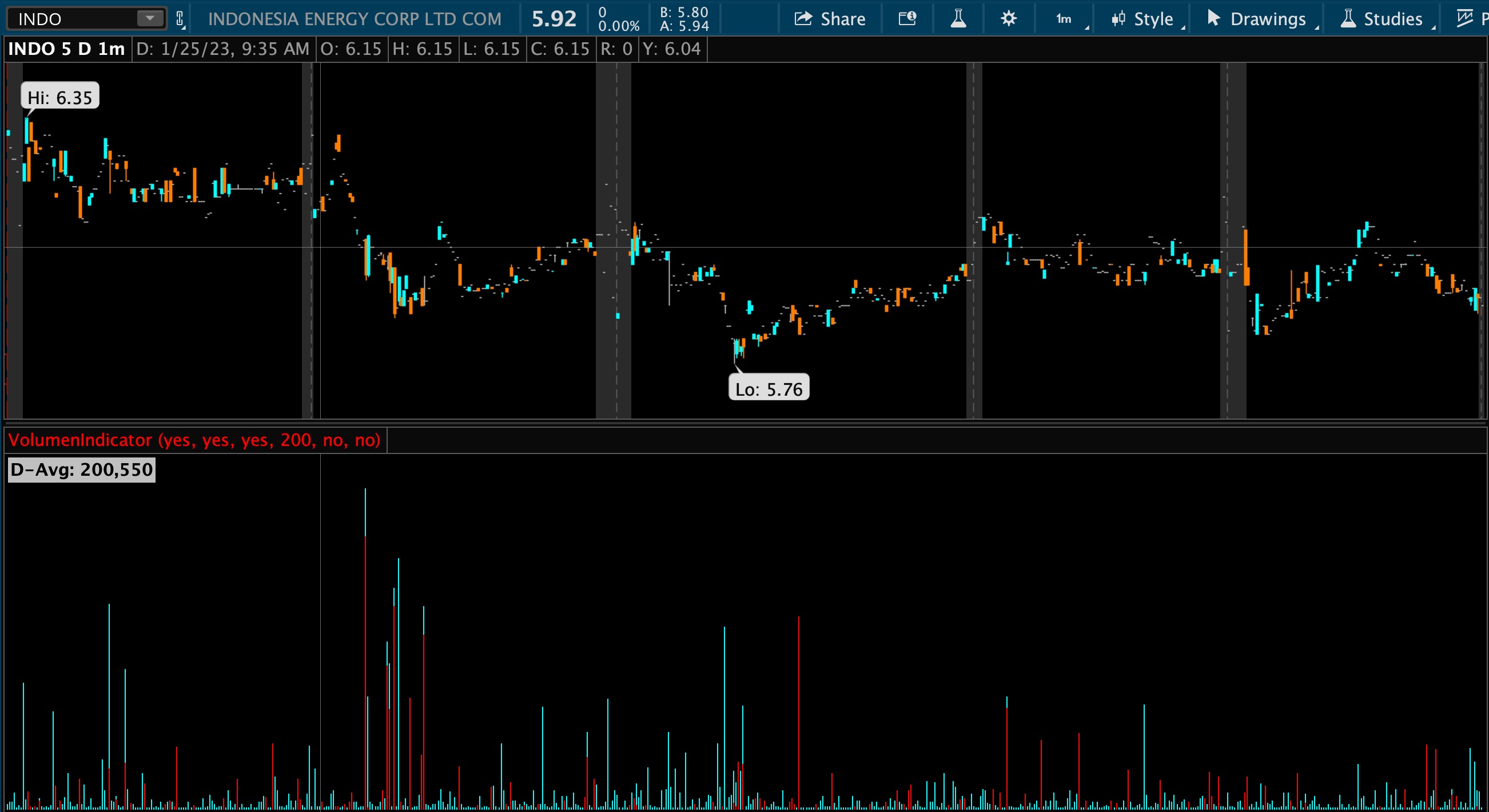
Relative Volume Indicator
What is Relative Volume?
There are a huge number of indicators available to traders, but day traders won't typically be able to use them.
However, one indication that every active trader should be familiar with and comprehend is the relative volume indicator.
The amount of shares of a particular firm that are acquired or sold on any given day is referred to as volume. Fortunately, most online brokers routinely aggregate and share this data, so you can quickly access it. For instance, more than 48 million Tesla shares are exchanged on average each day.
Consequently, if you discover that 500 million shares have been moved, it might provide you with market information.
How The Relative Volume Is Calculated?
The Relative Volume Indicator is a tool that uses this information to compare a stock's current trading volume to its historical trading volume. Due to this, this measure is frequently expressed as a ratio.
This is what we desire as traders.
Stocks with high volume have greater liquidity and typically trade more favorably than those with low relative volume.
Ratios are used to display the RVOL.
As a result, if it is reporting 3.5 relative volume, it is trading at 3.5 times the volume it normally would have for that time period.
We prefer to see RVOL at 2 or higher as day traders along with a favorable catalyst, low float, and ideally a bigger short interest.
When all of this comes together, we have a prescription for parabolic moves that can last months, and perhaps even years, in the market.
Relative Volume Trading Strategy
The Relative Volume Indicator is a tool that uses this information to compare a stock's current trading volume to its historical trading volume. Due to this, this measure is frequently expressed as a ratio.
This is what we desire as traders.
Stocks with high volume have greater liquidity and typically trade more favorably than those with low relative volume.
Ratios are used to display the RVOL.
As a result, if it is reporting 3.5 relative volume, it is trading at 3.5 times the volume it normally would have for that time period.
We prefer to see RVOL at 2 or higher as day traders along with a favorable catalyst, low float, and ideally a bigger short interest.
When all of this comes together, we have a prescription for parabolic moves that can last months, and perhaps even years, in the market.